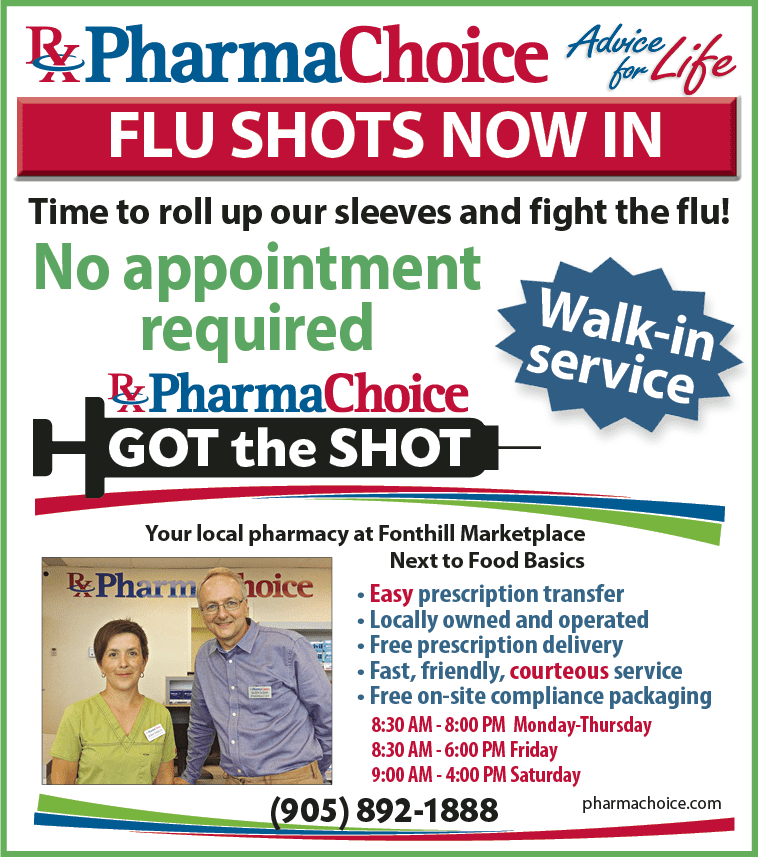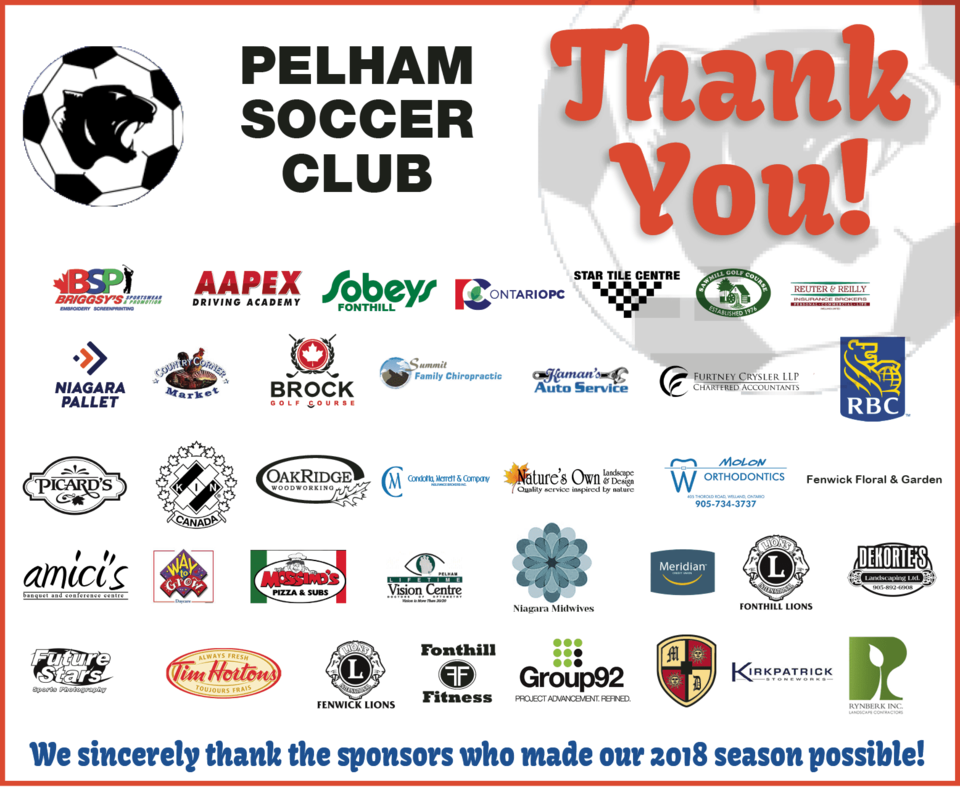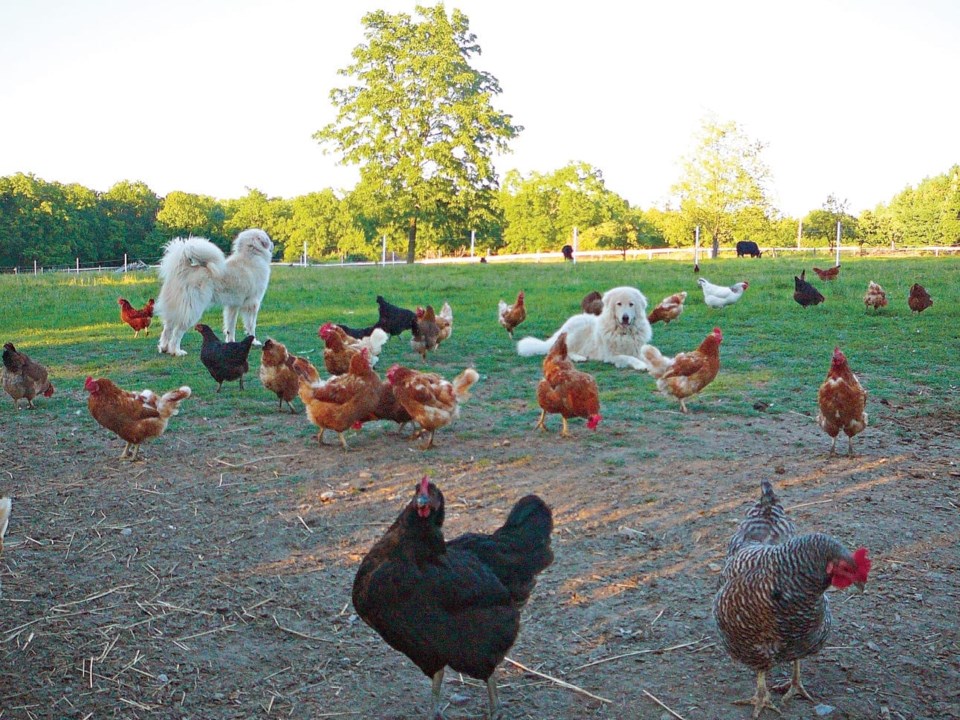Quota system has made for steady business
BY GLORIA J. KATCH Special to the VOICE
Given U.S. President Donald Trump’s tendency to insult leaders of other nations, including Prime Minister Justin Trudeau, trade and tariff negotiations concerning egg, chickens and dairy farmers have lately been reduced to a great deal of henpecking, feather ruffling and mud slinging.
Director of Public Affairs of the Egg Farmers of Ontario, Bill Mitchell, says that trade negotiations for farmers are always ongoing, but the “heightened rhetoric” in the recently concluded U.S.-Canada talks was particularly concerning. Eggs, like poultry and dairy in Canada, are a part of a highly regulated quota system that doesn’t allow for surplus. Hens, for example, lay about six eggs in seven days, making it easy to determine how many eggs a farmer can sell.
 “Our business is very predictable,” Mitchell says of the 400 egg producers in the province.
“Our business is very predictable,” Mitchell says of the 400 egg producers in the province.
Farmers are given a quota depending on the demand, and if they don’t make the quota, it’s a lost opportunity. Farmers in Canada do not receive government subsidies from taxes.
“They believe in our system,” Mitchell says.
Given that eggs are perishable, they cannot be stored for any lengthy period of time. That’s why when Canadians go to the grocer’s, eggs are fresh, prices remain stable, and “don’t swing up and down,” Mitchell asserts.
When farmers produce more than their quota, they’re penalized, because too many eggs in the market can drive down prices.
A surplus often leads to products being dumped, which is a regular occurrence in the U.S. given the absence of a quota-based regulatory system. Comparing Canadian production size, Mitchell says that the U.S. has “millions of chickens,” more than Canada. According to Agriculture and Agri-food Canada’s census, there are 193,492 chicken farms in Canada, with 39 percent of them in Ontario.
Canadians also have many more family-run farms than the U.S., with free-range eggs and better quality, better tasting dairy and poultry, Mitchell argues.
“Our housing standards and inspection system is much better here.”
Mitchell says that in the U.S, the economic mentality is different.
 “They think the more they produce, the better off they are. It’s every man for himself.”
“They think the more they produce, the better off they are. It’s every man for himself.”
This competitiveness has lead to dire consequences, with products being dumped and the government having to pay subsidies in many cases. This is also why Trump would not want tariffs placed on any of their products, says Mitchell, because U.S. producers want to be able to “flood our markets,” with surplus goods.
The fight over poultry and eggs is not all what it’s cracked up to be. In Canada, as in most countries, eggs are not a big export. In fact, Mitchell says that Canada exports just above “zero percent.”
However, Canada imports about five percent from the U.S. on average annually, he notes.
As far as the current trade and tariff war is concerned, “Eggs are not on the radar.” However, Mitchell asserts the negotiations were more about the “instability of the economy,” which can have a ripple effect.
And milk?
While the supply-management quota system is the same in Canada for dairy as poultry and eggs, the U.S. has had more problems recently with milk. Last year, 43 million gallons of milk was dumped into the ground from over- production, says Mitchell.
Further to that, the Commodity Credit Corporation under the U.S. Department of Agriculture purchased $20 million dollars of cheese to stabilize the market.
Last year, Canada imported eight percent of U.S. dairy products.
“It’s never less than five percent,” according to the fromer North Atlantic Free Trade Agreement (NAFTA), Mitchell says. Consequently, Canada imports more than it exports.
“Trump doesn’t understand what he’s doing. He doesn’t understand a lot of things,” Mitchell says.
Mitchell also mentioned that after the disconcerting trade talks made headlines, dairy producers from Wisconsin publicly announced sympathy for Canada. Ironically, Wisconsin produces more dairy than all of Canada, and would be at an advantage if tariffs were removed.
In hearing about the trade talks, Lenny Summers, a fifth generation farmer on Beaverdams Road, said Trump negotiates differently, which includes “negative tactics like walking away.”
Summers notes “very little” of his milk is exported from his dairy business, comprised of 110 cows, which meander up from the barn or pasture to the milking machines to be milked each day.
He produces about 35 litres daily, and his quota fluctuates a little depending on the season and market demand. Summers recalled Tim Hortons announcing five years ago that it was using real cream in their coffee, which slightly increased his quota.
Generally, in the summer, more people eat ice cream and similar dairy products. When children return to school in September, consumption of milk also increases.
The quota system adds to the cohesiveness of the farming community says Summers.
“Dairy farmers don’t compete against each other, because everyone is paid the same price.”
Summers is content with the quota system and the price he gets for milk, and notes, “It will affect me greatly if something ever happened to it.”
Under our regulatory system, dairy farmers in each region elect a member to represent them on a committee. Summers may have lobbied the government, “indirectly,” as a former board member of the Niagara Milk Committee, but those days are gone. Summers prefers leaving the politics to others, and trade talks for dairy farmers is a continuous process. “I’m not that excited about it,” he says.
While there are 3,613 dairy farms in Ontario, Pelham is not much of a dairy source anymore. Summers is a rare breed, as dairy farming in Pelham has become a “dying industry,” says Marvin Junkin, a former Pelham councillor and current mayoral candidate.
Junkin was a dairy farmer for most of his life, and says that the best land for dairy farming is now covered in homes. Junkin says that farmers who could, sold their properties for greener pastures and better soil in the Stratford area.
Even when Junkin was farming, U.S. trade was a concern to Canadian dairy producers, as they had about 10 percent of our market share, he says.
Back then, a growth harmone product known as Bovine Somatotropine, (bST), was an unwelcome additive in American milk imports. It is still used to stimulate milk production. Despite its Food and Drug Administration (FDA) approval in the U.S., bST is a steroid that has raised some health concerns. Studies showed herds injected with this synthetic hormone produced fewer calves, and some cows had mammary infections.
By and large, Junkin believes Canadian milk is safer as it comes from healthier cows, making it worth the slightly higher price it carries on the international market.
The U.S.’s unregulated system is “destroying” itself, Junkin says, adding that until quotas are set in place, U.S. capitalism and expansionism will continue to be predatory to Canadians and the Canadian market.



